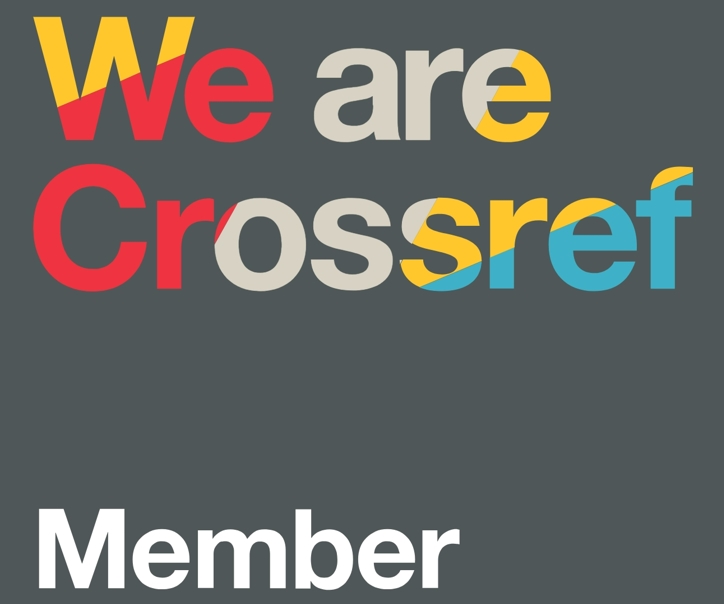Pola Komunikasi Remaja Desa Simpang Perak Jaya Dalam Bermain Sosial Media Tiktok
Main Article Content
Darmawati
Tony Maulana
Penelitian ini bertujuan untuk mengetahui pola komunikasi remaja di Desa Simpang Perak Jaya dalam menggunakan media sosial TikTok. TikTok menjadi salah satu platform yang banyak digunakan oleh remaja untuk berinteraksi, mengungkapkan kreativitas, serta berbagi informasi. Namun, penggunaan media sosial juga dapat memengaruhi cara berkomunikasi mereka dalam kehidupan sehari-hari. Penelitian ini menggunakan metode kualitatif dengan pendekatan studi kasus. Data dikumpulkan melalui wawancara mendalam dengan 20 remaja aktif pengguna TikTok di Desa Simpang Perak Jaya. Hasil penelitian menunjukkan bahwa remaja di desa ini menggunakan TikTok tidak hanya untuk hiburan, tetapi juga sebagai sarana komunikasi dan interaksi sosial. Mereka membangun pola komunikasi yang interaktif dan kreatif, namun juga menghadapi tantangan terkait dampak negatif penggunaan media sosial seperti misinformasi dan kurangnya privasi. Penelitian ini memberikan wawasan mengenai pentingnya pembimbingan dalam penggunaan media sosial untuk remaja.
Araujo, T., & Sousa, M. (2019). Social Media and Communication: The Influence of Instagram on Youth's Identity and Social Development. Journal of Media and Communication Studies, 11(3), 45-56.
Boyd, D. (2014). It's Complicated: The Social Lives of Networked Teens. Yale University Press.
Dube, E., Havelange, J., & Bouchard, M. (2018). The Impact of Social Media on Adolescents: The Case of Facebook and Instagram. Journal of Youth Studies, 21(5), 687-702.
Goffman, E. (1959). The Presentation of Self in Everyday Life. Anchor Books.
Herring, S. C., & Stoerger, S. (2014). Gender and Social Media: Social Networks, Blogs, and Beyond. John Wiley & Sons.
Hendrickson, L., & Kimbrough, J. (2021). Youth and Digital Media: The Psychological and Social Impact of Social Media on Adolescents. Youth Development Journal, 18(2), 102-115.
Iqbal, M. (2020). Social Media and Identity Formation among Teenagers: Case Study of TikTok in Pakistan. Journal of Social Media Studies, 10(4), 34-47.
Junco, R. (2013). The Influence of Social Media on Student's Academic Performance and Social Behavior. Journal of College Student Development, 54(4), 23-34.
Kuss, D. J., & Griffiths, M. D. (2017). Social Networking Sites and Addiction: Ten Lessons Learned. International Journal of Environmental Research and Public Health, 14(3), 311-324.
Lenhart, A. (2015). Teens, Social Media & Technology Overview 2015. Pew Research Center. Retrieved from http://www.pewinternet.org
Li, J., & Li, X. (2020). TikTok and Teen Social Interaction: A Case Study of Chinese Adolescents. Journal of Social Media and Communication, 16(2), 125-137.
Marwick, A. E., & Boyd, D. (2014). It's Complicated: The Social Lives of Networked Teens. Yale University Press.
Mehdizadeh, S. (2010). Self-Presentation 2.0: Narcissism and Self-Esteem on Facebook. CyberPsychology, Behavior, and Social Networking, 13(4), 357-364.
Papageorgiou, A., & O’Keeffe, G. (2019). Impact of Social Media on Adolescents' Social Skills and Interpersonal Communication. Journal of Social and Personal Relationships, 36(3), 89-104.
Robb, M. B. (2018). Teens and Technology: The Impact of Social Media on Adolescent Development. Child Development Perspectives, 12(1), 30-35.
Sari, P. S., & Soelistyo, S. (2022). Exploring Social Media and Digital Interactions Among Indonesian Teens: A TikTok Study. Indonesian Journal of Media Studies, 7(2), 98-110.
Setiawan, J. (2022). The Role of Social Media in Shaping Adolescent Social Skills and Peer Relationships in Jakarta. Journal of Indonesian Youth Studies, 15(1), 22-40.
Subramaniam, D., & Tan, A. (2020). The Role of Social Media in Shaping Social Interactions: A Survey on Youth in Malaysia. Journal of Social Psychology, 19(3), 45-60.
Yanti, F. (2022). Impact of Excessive Social Media Use on Adolescent Communication Skills. Journal of Digital Literacy, 11(2), 56-70.
Ziegler, D., & Simmons, J. (2020). Social Media Use Among Adolescents and the Effects on Communication and Peer Interaction. Journal of Adolescent Research, 35(6), 1101-1122.






